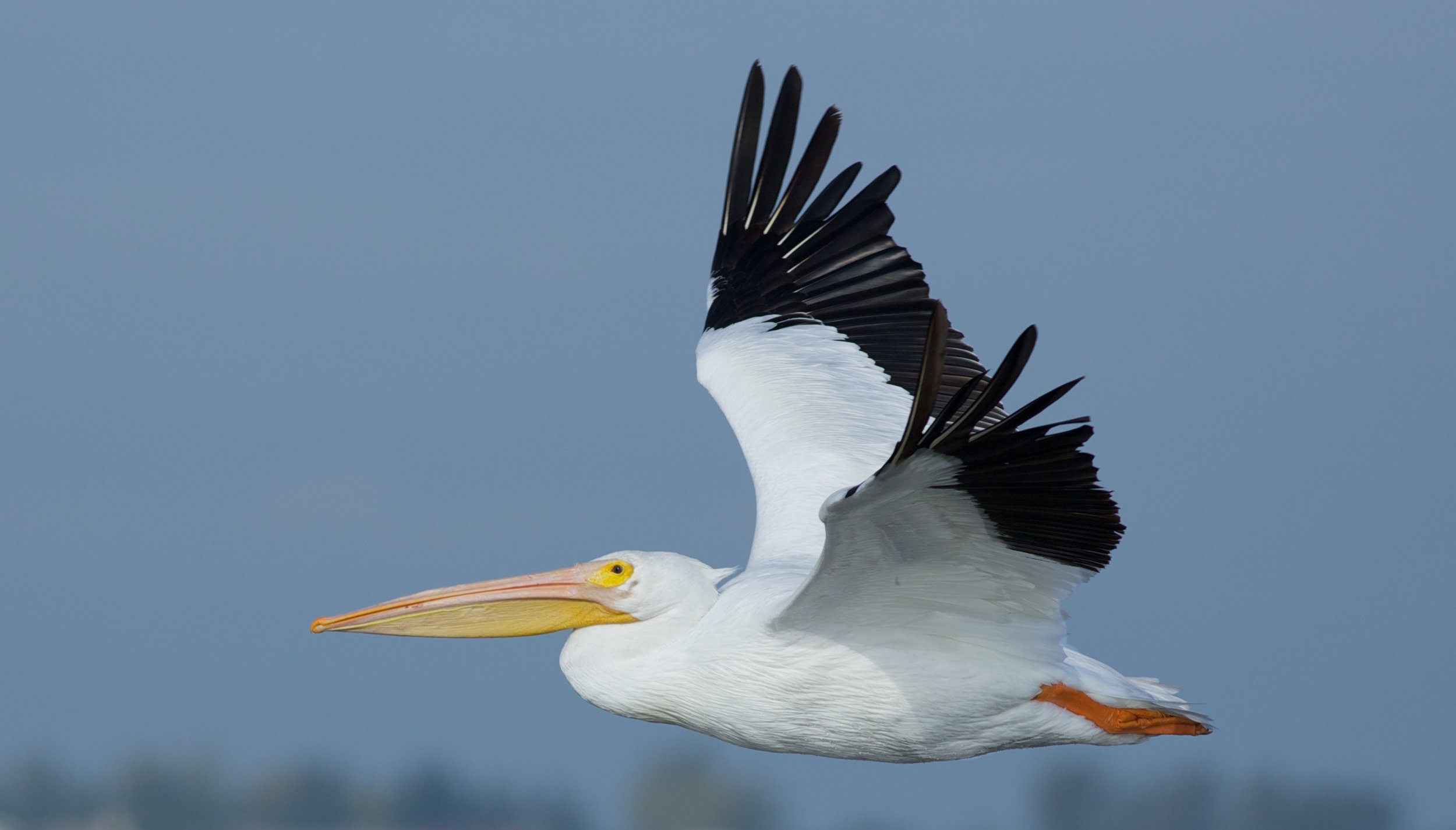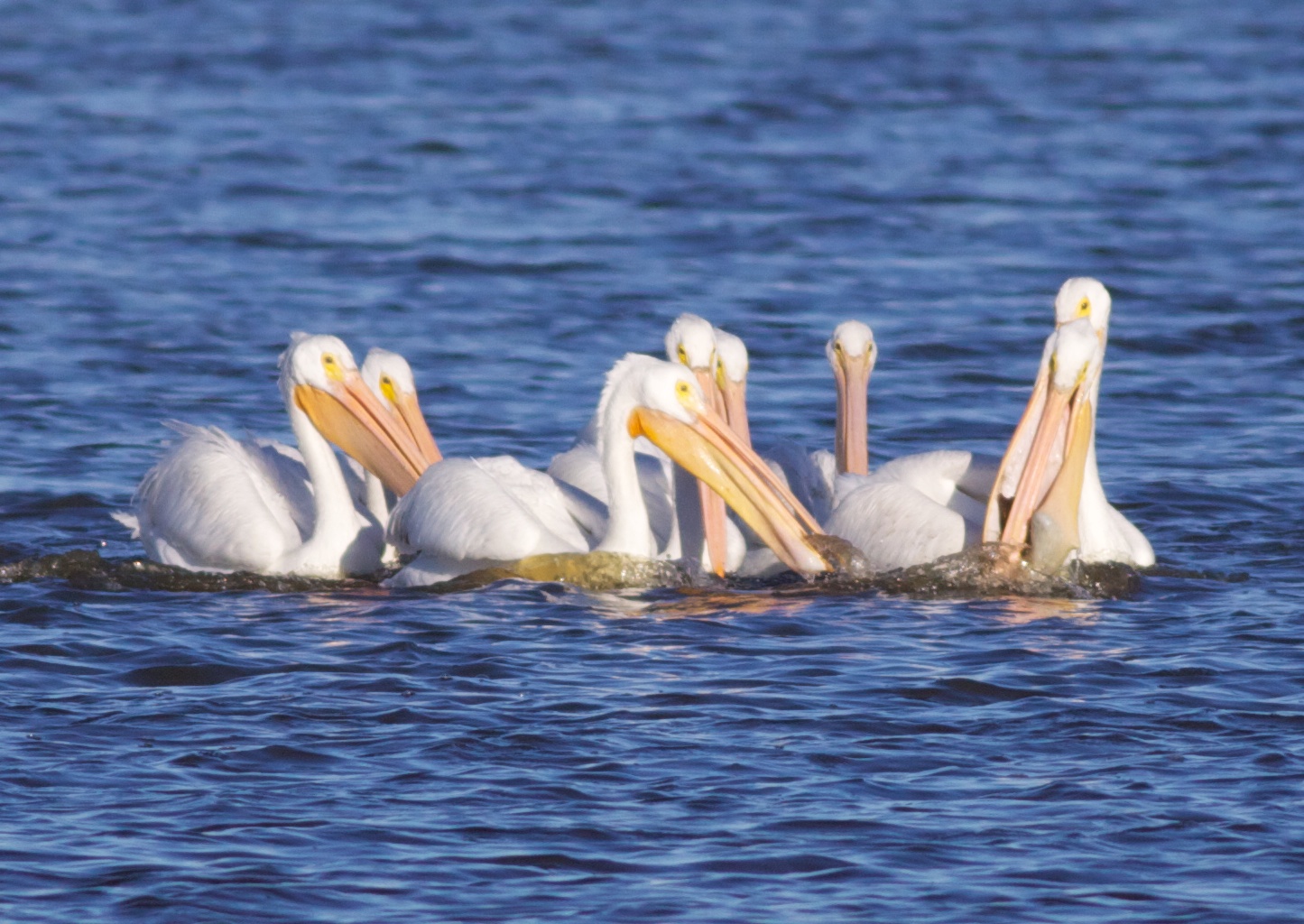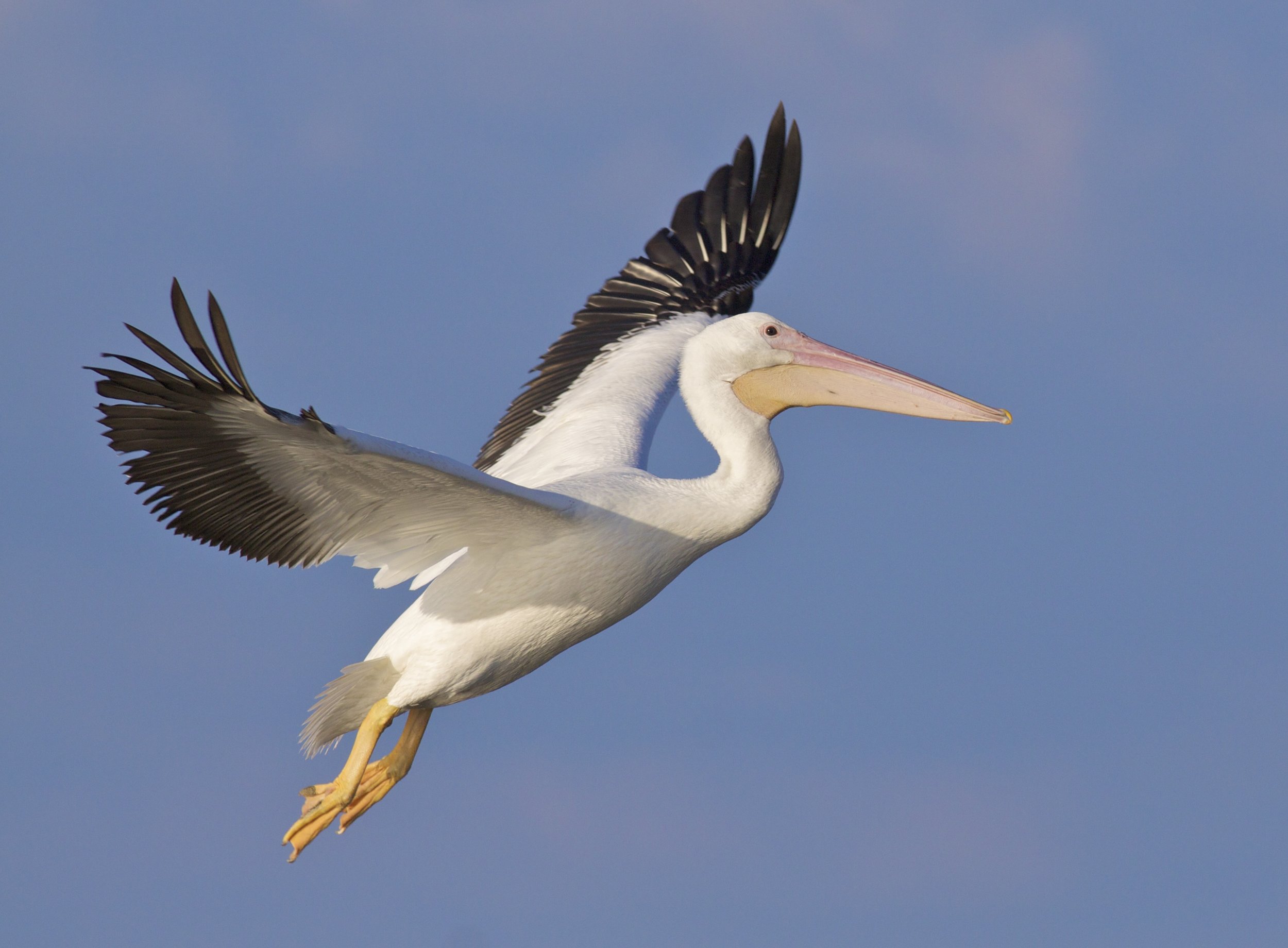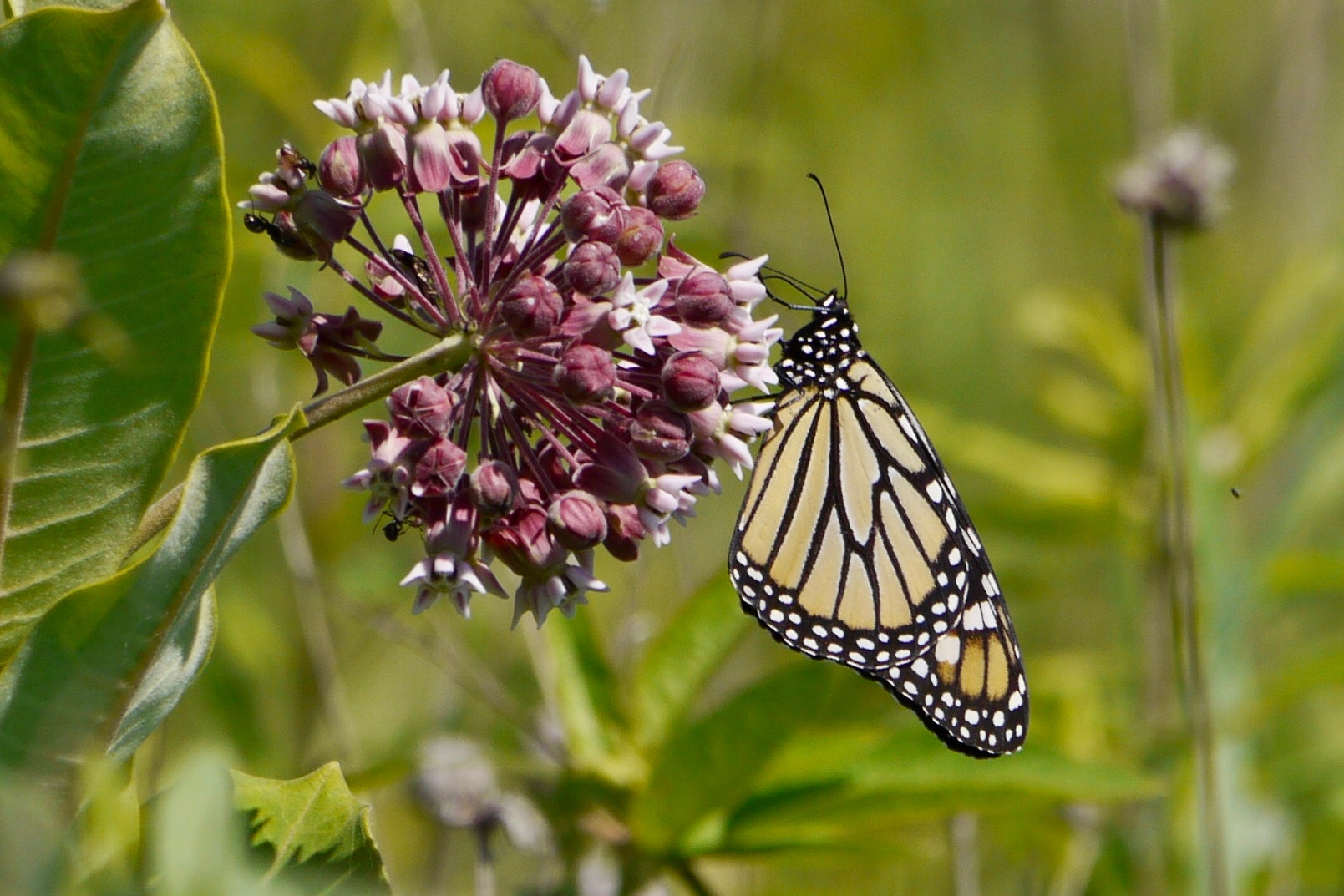2018 has been designated “The Year of the Bird” by the National Audubon Society, National Geographic, BirdLife International, and the Cornell Lab of Ornithology. Perhaps 2018 in Columbia County should be designated “The year of the Common Gallinule.”
This is a bird of multiple common names, and ornithologists have been rather indecisive about which to stick with. Drew Weber explains: "In the late 1800’s, the American Ornithologists' Union (AOU) referred to this species as the ‘Florida gallinule’, but then in 1923 lumped it in with the Old World’s ‘common moorhen’. For some reason, even after the lump, the AOU kept the name as Florida gallinule for quite a few years, but then switched it over to ‘common gallinule’, and then finally in 1982, referred to it officially as the ‘common moorhen’." Then, in 2011 the AOU renamed it back to the common gallinule. However, many birders still like to call it the common moorhen. So, you pick.
Hey, nice legs! Photo by Ken Schneider
The Cornell Lab of Ornithology states “the common gallinule swims like a duck and walks atop floating vegetation like a rail with its long and slender toes. This boldly marked rail has a brilliant red shield over the bill and a white racing stripe down its side. It squawks and whinnies from thick cover in marshes and ponds from Canada to Chile, peeking in and out of vegetation.” It is in the rail family and lives in the same wetland habitats as American coots, but is more secretive, living in dense vegetation.
Sam Robbins wrote in Wisconsin Birdlife – Population & Distribution – Past and Present that “the common moorhen, formerly called the common gallinule, was a fairly common summer resident in eastern Wisconsin with larger concentrations at Horicon and Green Bay.” Common gallinules are more common in the southern states and are a treat for bird watchers to find in Wisconsin. Usually they are heard and not seen.
Common gallanule ranges. Courtesy of AllAboutBirds.com
Their breeding range is interesting, geographically. They frequently breed in the Great Lakes region, but scarcely in the states south of the Great Lakes until the deep South. We're lucky to have them breed in our part of the state!
The first Breeding Bird Atlas from 1995–2000 reported common moorhens as confirmed in 28 atlas blocks including three in Columbia County. In the second Breeding Bird Atlas, common gallinules have been confirmed in 39 atlas blocks including 9 in Columbia County. Common gallinules have been confirmed mostly at larger wetland complexes including the Baraboo River and Schoeneberg Marsh Waterfowl Production Areas, Mud Lake, and Grassy Lake State Wildlife Areas, at a 400 acre wetland that is part of the Wetland Reserve Program, and at Goose Pond Sanctuary.
Brand Smith looking for gallinule nests. Note he is sitting in the front of the canoe, moving slowly to spot movement in the vegetation. Photo by Mark Martin
We are finding more common gallinules in the Atlas project in Columbia County thanks to Brand Smith, who likes to atlas by canoe. Brand has confirmed gallinules in seven blocks and has found five nests and five broods, more than anyone in the state the past four years. At one marsh he found 16 adults, two broods, and one nest. In the first Atlas only five nests were found.
Common gallinule nests are tricky to find! Photo by Brand Smith
Common moorhens or common gallinules have been on the Goose Pond Bird List for decades but were not common until this summer when Daryl Christensen reported five calling males in mid-June. Daryl’s colleague and member of the “Grebe Team”, Sumner Matteson, confirmed the first brood for Atlas II in July along the south edge of Goose Pond in a small area of open water visible from Prairie Lane.
Stop by Goose Pond this summer to see if you can catch a glimpse of these elusive birds. You'll know them by their bright red bill, long yellow legs, and charcoal-colored plumage.
By Mark Martinand Susan Foote-Martin, Goose Pond Sanctuary resident managers


























